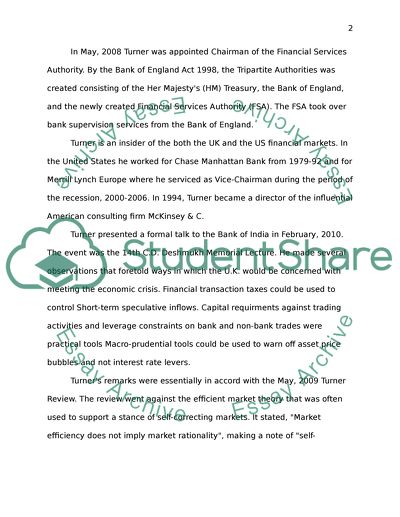Cite this document
(“Explain the structure and objectives of the UK and US regulatory Essay”, n.d.)
Retrieved from https://studentshare.org/environmental-studies/1412812-explain-the-structure-and-objectives-of-the-uk-and
Retrieved from https://studentshare.org/environmental-studies/1412812-explain-the-structure-and-objectives-of-the-uk-and
(Explain the Structure and Objectives of the UK and US Regulatory Essay)
https://studentshare.org/environmental-studies/1412812-explain-the-structure-and-objectives-of-the-uk-and.
https://studentshare.org/environmental-studies/1412812-explain-the-structure-and-objectives-of-the-uk-and.
“Explain the Structure and Objectives of the UK and US Regulatory Essay”, n.d. https://studentshare.org/environmental-studies/1412812-explain-the-structure-and-objectives-of-the-uk-and.


